Why Off Grid Living Fails In The First 30 Days
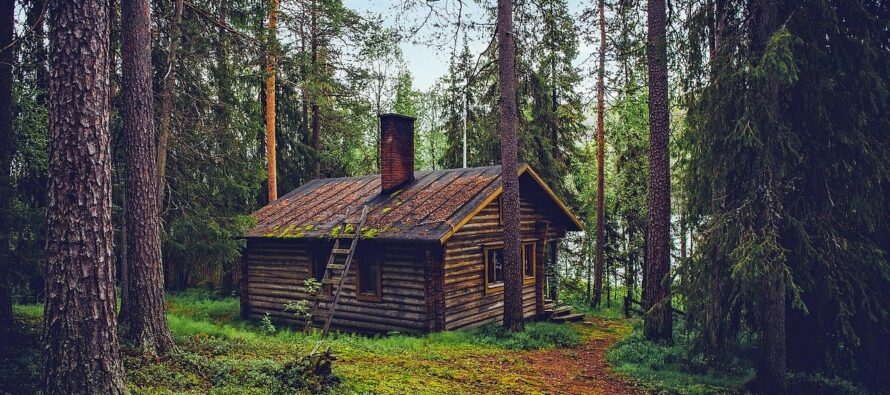
Have you always dreamed of escaping city life to live off the grid independent and free? You know, being self-reliant, building fires or cozying up in your self made cabin? how about a connoisseur of survivalist shows that gives you the feeling of, “I can do that”? Off grid living is rewarding but also challenging if you aren’t prepared.
Top 4 Mistakes While Off Grid Living
Off grid living provides an opportunity to disconnect from modern amenities and instead, rely on your own two hands. If you’re planning on living off grid, you should be proactive with your knowledge of land owner rights in your state, building costs and what form of energy/water you’re planning to use. Unfortunately, lack of planning seems to be a common theme on why off grid living fails. Keep reading to find out how you can avoid setbacks on your journey to disconnect.
If you don’t have connections with people who either live off grid or are planning too, here’s a quick start guide of things you may want to get familiar with:
1. Knowledge of Your State’s Land Rights
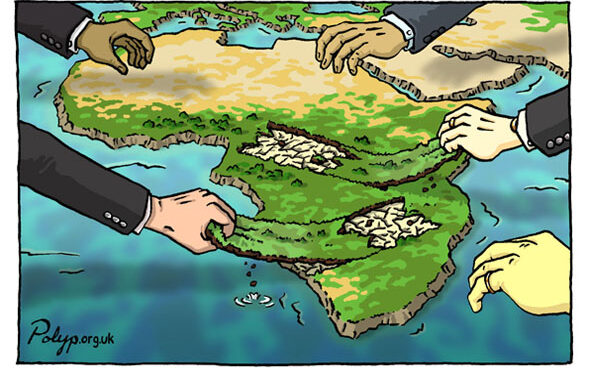
- Failing to Pay Taxes: As secluded and remote as your desired land may be, you still pay taxes according to the regulations of the state you’re in. If you are producing crops, livestock, providing services, crafting items – you might pay taxes as well depending on the state. Keeping the IRS off your back is always the smartest first step when planning to live off grid.
- Squatting: You cannot squat on land that is owned. It’s a criminal offense and the last thing you want while living remotely is to get the law involved.
- Building Code and Zoning Restrictions: Minimal footage for building plans in some states must be between 500-1000 square feet. There’s also a list of building codes per state, The International Building Code, if you decide not to hire a contractor. Many off grid folks use MyShedPlans which has over 12,000 different plans to help you meet code in your state.
- Water Source: Your building must have access to water before it will ever be state approved. Wells or natural bodies of water nearby are often easy solutions. Unfortunately, the collection of rainwater was a water source varies by state. Always check the laws in whatever area your choosing before becoming dead set on your preferred water source.
- Septic System: You will need to establish your own septic system. Permit are required in some states. Composting toilets also need to pass code.
- Fishing and Hunting Permits: If hunting and/or fishing are a part of your weekly routine, then you must have a permit, even if you are hunting on your own lot. Poaching is definitely illegal. Certain animals are allowed to be hunted only during certain seasons, to keep their population steady.
2. Building Costs
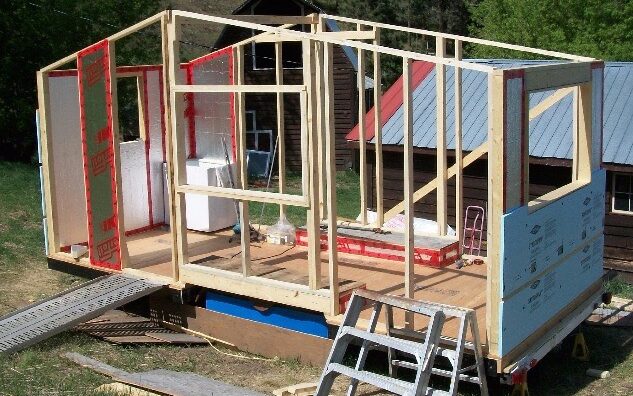
- Tiny home: The average cost of a tiny house is $30,000 – $60,000, but a tiny house can cost as little as $8,000 or up to $150,000. One of the appealing things about building a tiny house is that you can choose how many frills you want to include. Click here to find an inexpensive building plan.
- Storage container: Smaller, more basic container homes can range between $10,000 to $35,000. Large homes built with multiple shipping containers and amenities can range in price from $100,000 to $175,000. Shipping container homes, in some cases, can cost half as much per square foot than traditional stick building.
- Backpacking: This is only for the brave of heart if you’re planning on living off grid while still being on the go. Year long backpackers report costs between as little as $200 to $2,000 depending on the country. Food costs, hygiene essentials and gas are not included in the costs above.
- Camping or Boondocking (legal by state): Some states have completely free campsites like Florida or California. Camping or boondocking can range between $5 to $90 a night depending on the amenities you’re looking for. If you’re game for “roughing it”, you can walk out with extremely low costs. Permits might be required for free primitive camping or boondocking.
- Aircrete home: Aircrete is much less expensive than building with regular concrete. A 1000 square foot dome built 4-inches thick would cost about $4000. An aircrete builder builder estimates that aircrete structures come out to about $9 per square foot.
3. What Are You Growing?
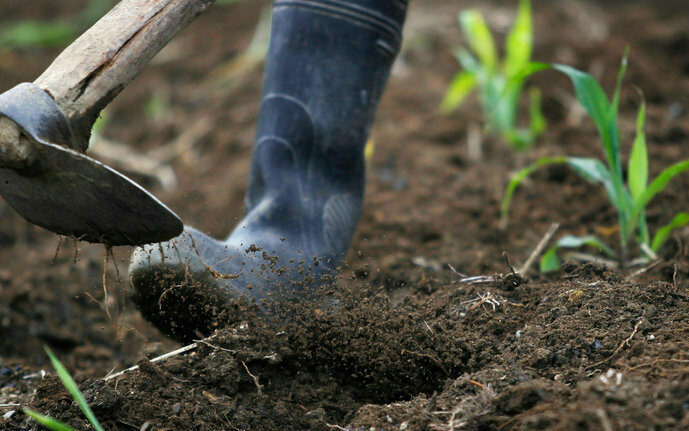
If you’re idea to live off grid also includes creating a sustainable garden, getting an idea of what you want to grow may help you choose your desired area. Here are 7 things to consider before choosing where to plant your roots, literally:
- Restrictions on farm animals
- Signs of contamination in the soil or water
- Soil quality
- Natural disaster potential
- State weather conditions to grow your desired produce
- Close to farmland that raises GMO crops (cross pollination)
- Your nearest natural water source
4. Energy Source
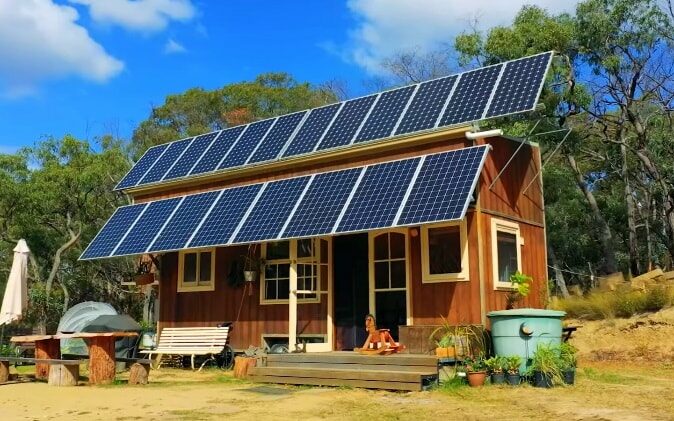
You are free to produce your own energy whether solar or through your local town, township or city. I suggest doing some research and finding out any less than ideal restrictions that your state can enforce. Solar panels or wind energy may be legal, but you may need to jump through hoops to get them state approved. I’ve found the best people to go to for this sort of information are people who have already been through the legal process of getting energy approved. Reach out to those locally and online if you aren’t finding the information to be readily available.
What U.S. States Support Off the Grid Living?
- Colorado– Zoning codes are more flexible.
- Florida– Known for their lenient rules and laws encourage installing solar and wind energy sources, as well as expanding your homesteads to add a garden or a miniature farm.
- Hawaii– Ideal soil for growing crops. Regulated more towards where tourism is active.
- Missouri– There are no local laws that insist on connecting to a septic system or prevent you from collecting rainwater. Missouri does not closely regulate an individual’s life.
- Ohio is quite friendly to off-the-grid lifestyle. There are tons of favorable factors, such as low property taxes, low land prices, low living costs and low crime rates. Many towns don’t even have a permit office or zoning codes. Ideal farmland.
Visit: EZ Battery Reconditioning To Learn More here: http://www.survivalistdaily.com/ezbatteryreconditioning







Let me tell You a sad story ! There are no comments yet, but You can be first one to comment this article.
Write a comment